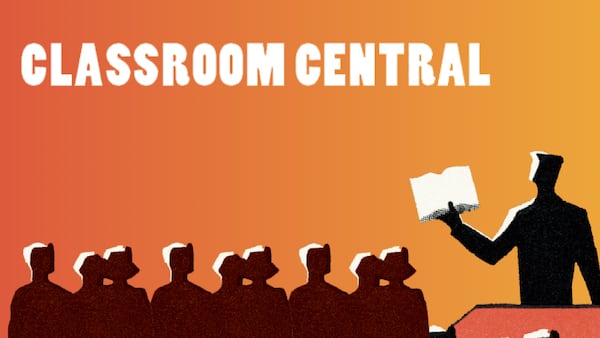The outburst of claims and reports of abuse by several high profile artists has been received with shock and disgust and a public response of perplexity at how such a high volume of abuse is coming out now.
Women have wrongly often taken a less than equal stance in the art world throughout history,despite talents and strong voices. With the current focus on the manipulative power some men feel they are entitled to in their roles, I feel it is an opportunistic time to exam the roles of women in art and how they have been represented.
Throughout the ages it is is apparent that circumstances play a significant role in the making of art. The circumstances of women is no exception. Art is generally shaped by culture , and culture through the ages consistently proving women were second class citizens.
From antiquity onwards, a woman such as Elizabeth Butler Thompson was not applauded for her talents but instead thought to be ‘unusually talented’ .Gender was a problem in the world of fine art which included such the likes of textiles, sculpture and printmaking , which unfortunately were seen as crafts and therefore not suitable for women.
Women were excluded from the art history records, isolated from any acknowledgement or success owed to them.Painting for women was seen to be a pastime, and not something to excel in in terms of a master craft, and women were not even allowed to take part in life drawing classes in the Royal Academy in London until 1893.
What is shown here is restriction upon restriction placed on women. Men were entitled to the glory of of the world viewing their talent, while women were curtailed, no room for developing their craft and certainly no allowance for professionalism. It is rare to find female equivalents to Picasso and Cezanne, because they as white middle class men did not face the restrictions a white middle class female had to adhere to.
To read the rest of this article please follow this link: collegetribune.ie/












